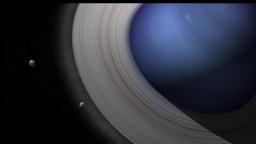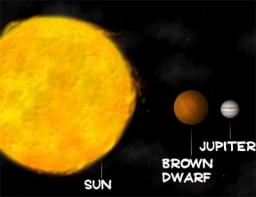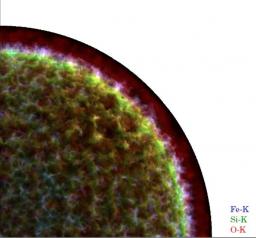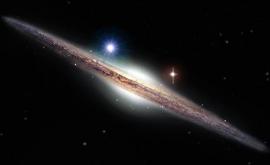News 2012
Two scientists from the Université Nice Sophia Antipolis - Observatoire de la Côte d’Azur and from the Université Paris Diderot and CEA, have just proposed the first model to explain the origin of most of the regular satellites in our solar system. First proposed in 2010 to explain the repartition of the moons around the planet Saturn, this model is now extended to reproduce the distribution of the numerous satellites around the other giant gazeous planets (Jupiter, Neptune,…) and could as well explain the formation of satellites around the "rocky planets (Earth, Pluton,…). For all these planets, their moons may have formed from rings of matter that do not exist anymore today. These results are crucial to understand the universal laws that lead to the apparition of moons around planets. They are published in the last issue of the Science magazine (30 Novembre 2012).
A team led by Philippe André du Service d'Astrophysique-Laboratoire AIM du CEA-Irfu has just uncovered the very first stage of the formation of a brown dwarf, one of these tiny stars with a mass just above the planets. Several hundreds brown dwarfs have already been detected in the galaxy but up to now it was impossible to observe their formation. Thanks to the great interferometer of IRAM (Institute de Radioastronomie Millimétrique), the scientists have located a compact condensation of gas and dust with a temperature of only 10 degrees above the absolute zero and a mass approximatively 2% the solar mass. These characteristics are exactly what expected to give birth to a brown dwarf. The discovery of this first proto brown dwarf is published in the Science magazine of July 6th, 2012
For a more detailed account, see the French version.
An international team of astrophysicists, including Samar Safi-Harb and Gilles Ferrand at the University of Manitoba (Canada) and Anne Decourchelle from the Astrophysical Department-AIM Laboratory (CEA Saclay - France), has produced the first 3D simulations of supernova remnants (SNRs) showing the effect of particle acceleration at the wave fronts generated by these powerful X-ray sources in our galaxy. The research is published in the last issue of the Astrophysical Journal.
Sporadic ejections of matter are observed in the form of radio jets from supermassive black holes in active galaxies as well as from galactic binary systems hosting a black hole of several solar masses. Do these observations indicate that jet formation is a universal property of black holes, regardless of their mass? The detection, for the first time, a transient radio jet from an intermediate-mass black hole by an international collaboration led by two French teams (IRAP in Toulouse and Service d'Astrophysique-Laboratoire AIM from CEA-Irfu at Saclay) finally settles the debate. The observations of the source HLX-1, using the ATCA radio telescope in Australia, have also helped to constrain the black hole mass to be between 9000 and 90,000 solar masses. This result, published in Science Express on 2012 July 5, provides a bridge between the two extremes of the population of black holes.




